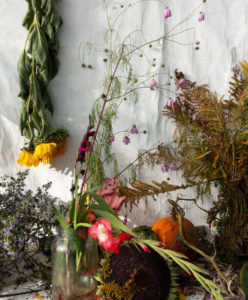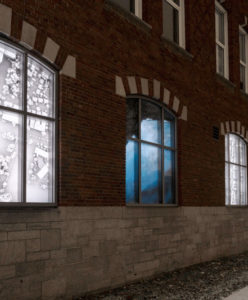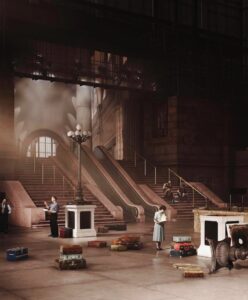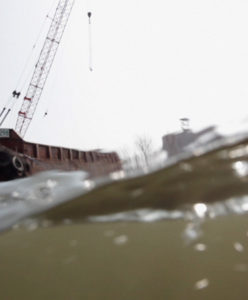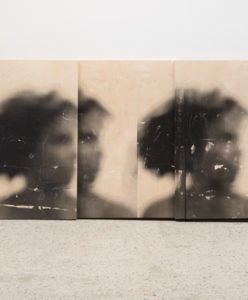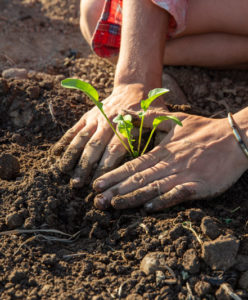
Richard Ibghy & Marilou Lemmens, Querelle entre deux puces pour savoir à qui appartient le chien sur lequel elles vivent — Noémie Fortin
Ciel variable 117 - SHIFTED | exhibition, Exhibition reviews
Authors: Noémie Fortin | Artists: Richard Ibghy & Marilou Lemmens
The videos, installations, and photographs that form the exhibition arising from a residency at the Grantham Foundation offer “a sensitive, well-informed portrait of the use, contamination, and appropriation of land in rural areas,” as Noémie Fortin describes it. Here, Richard Ibghy and Marilou Lemmens continue their approach based on the desire to materialize and make “visible” abstract concepts and even censored studies – as the case for the work L’affaire Louis Robert. They also emphasize the contrast between the “violence and care” inherent to cultivating the soil, as in the video Herber, désherber. “The pieces that they have brought together offer different gateways to the issues of ownership and exclusion … in order to provoke both an emotional reaction and a critical reflection.”

